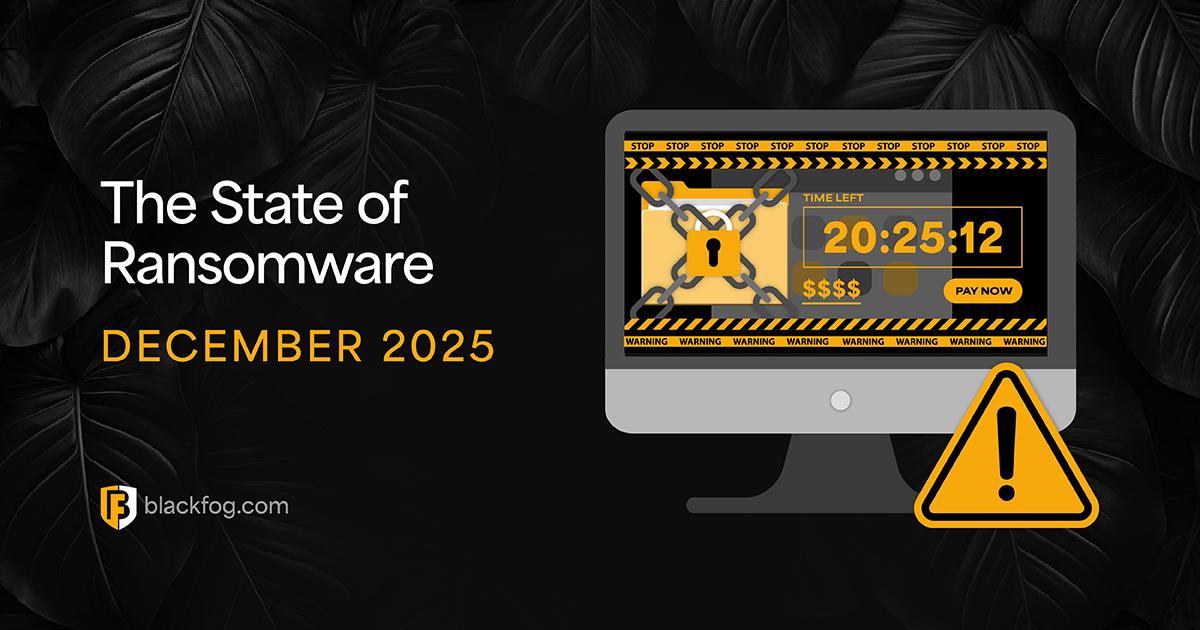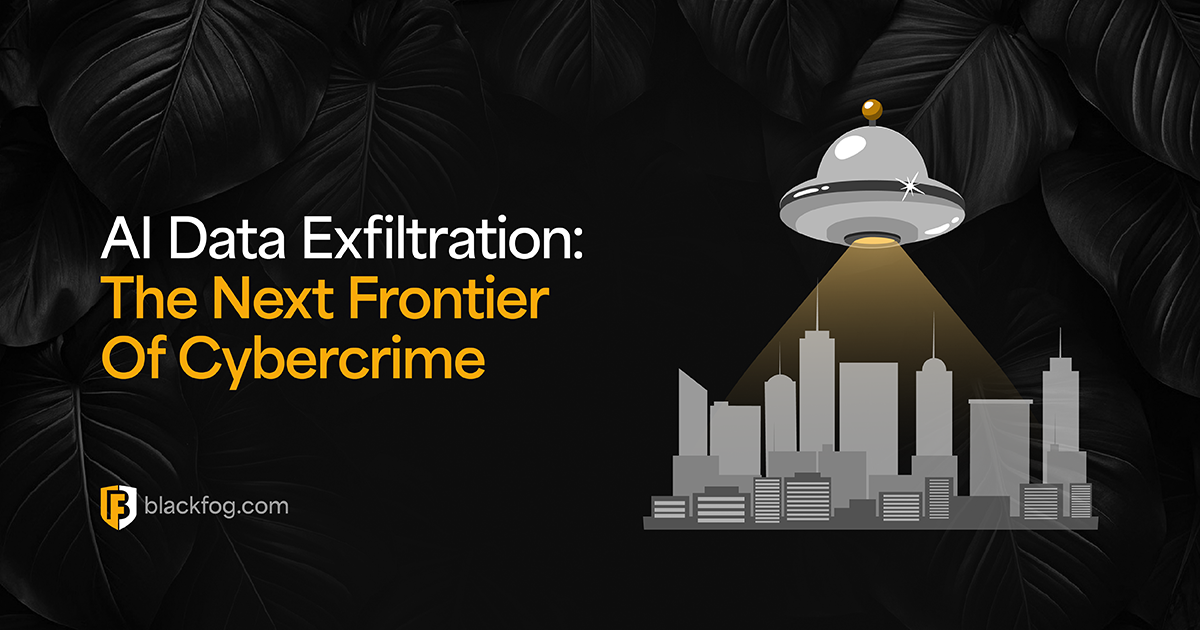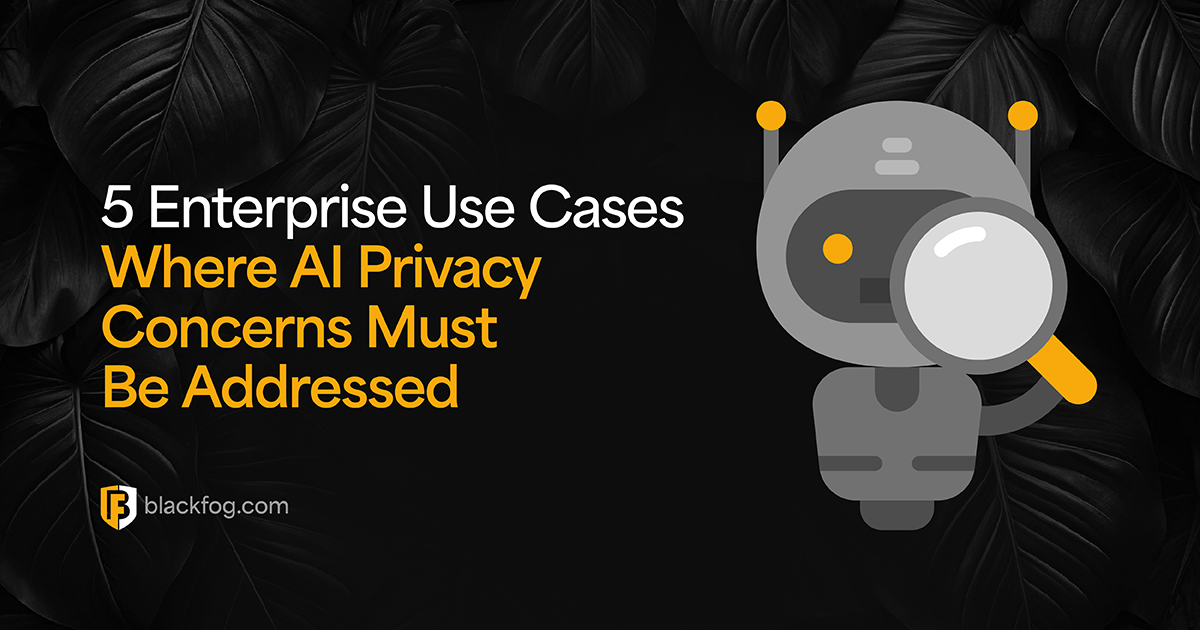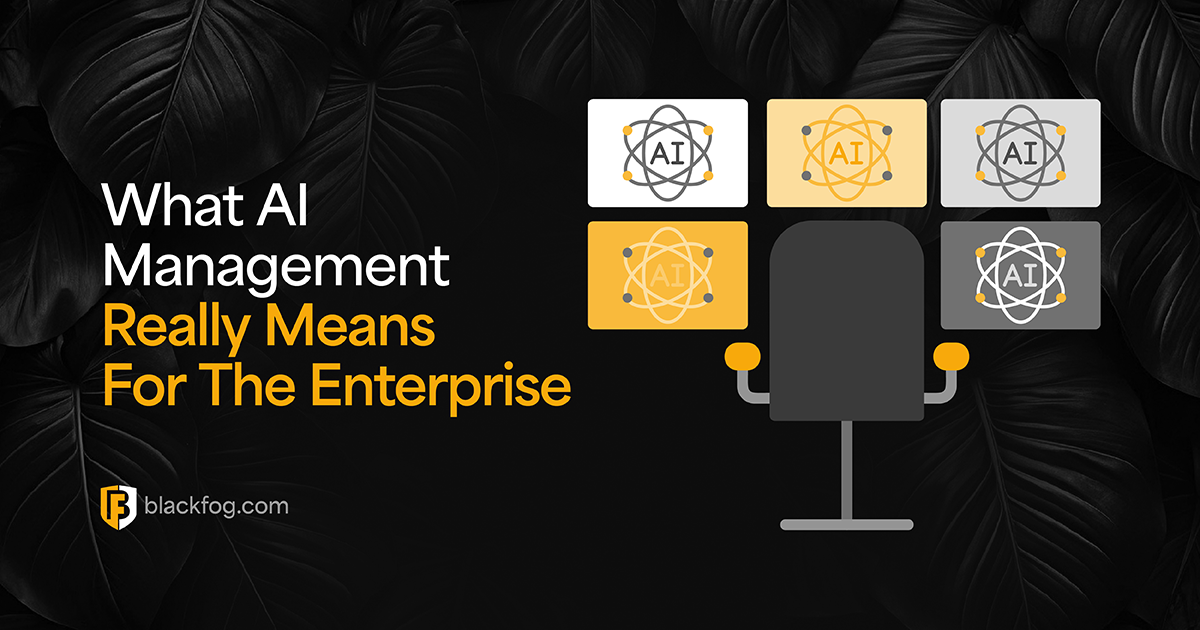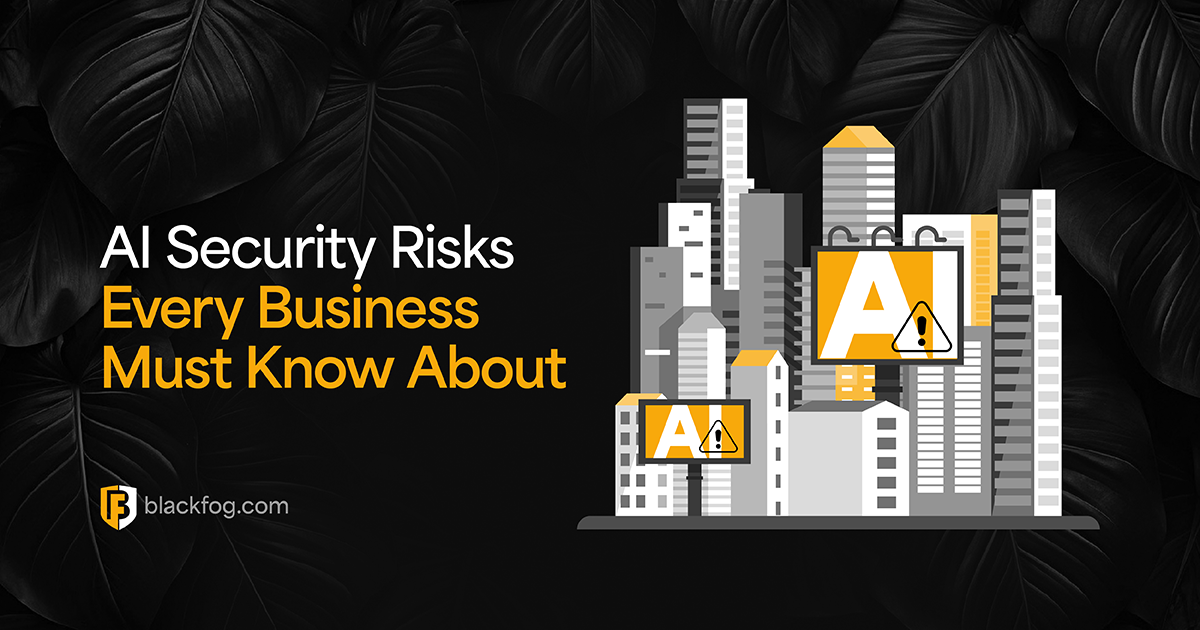
5 Emerging Data Security Threats You May Not Have Considered
In 2025, businesses face a wider range of data security threats than ever before. While most companies have measures in place to stop familiar risks like phishing and ransomware, these alone are no longer enough to keep valuable information safe. Cybercriminals are constantly changing tactics and finding new ways to bypass defenses by targeting overlooked technology and everyday human habits.
Firms that still rely on outdated security tools or assume compliance are at particular risk, as attackers take advantage of blind spots that traditional methods miss. Hackers are always looking for new ways to slip through the cracks unnoticed.
To build real resilience, companies must improve their data risk management posture to look beyond known risks and stay alert to emerging threats that can cause serious harm if left unchecked.
5 Emerging and Evolving Threats You Need to Know About
Understanding these emerging data security threats is vital for any business that wants to stay protected and meet strict privacy rules like GDPR. While traditional defenses stop many known attacks, they often miss new tactics that target overlooked systems and human behavior.
As such, any data risk assessment needs to look at the business from every angle to spot potential weaknesses. Consider the five risks below to help close hidden gaps and keep sensitive information safe.
1. Advanced Ransomware Attacks
Ransomware-as-a-service (RaaS) has made launching ransomware attacks easy and cheap for criminals with little technical skill. This has caused a sharp rise in attacks targeting businesses of all sizes. Modern gangs also use multiple extortion tactics to scare victims into paying quickly, often backed by the threat of data exposure.
Psychological manipulation may include the use of fake data samples that suggest criminals possess more information than they actually do. These spread fear, damage trust and pressure companies into paying large sums to avoid public embarrassment. This makes attacks harder to handle.
To defend against this threat, firms must update backup strategies, train staff to spot signs early and use advanced solutions like anti data exfiltration (ADX) that stop attackers from removing data even if they breach the network. By blocking data leaks in real-time, ADX removes the leverage criminals use to force payments.
2. Shadow AI and Unapproved Tools
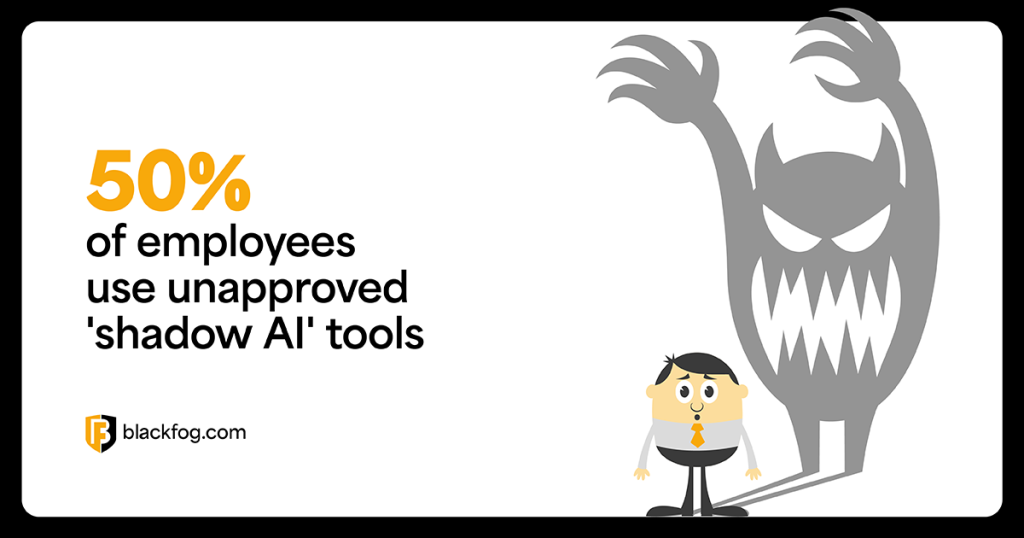
The use of unsanctioned AI and productivity tools is a growing threat to data security. Research from Software AG shows that half of workers (50 percent) are now ‘shadow AI’ users. Simply banning these practices will have little effect, as most of these users say they would keep using these tools even if they are prohibited. These apps may boost productivity, but they also expose sensitive data to uncontrolled environments.
Key risks of this include:
- Unencrypted data deposits: Sensitive prompts, files and outputs may land on external servers outside company control.
- No audit trail: IT and security teams cannot monitor or detect the use of unauthorized tools.
- Compliance blind spots: Using unapproved apps may violate privacy regulations like GDPR without firms realizing it.
Detection is challenging because these tools are often browser-based and can slip past traditional monitoring. To combat this risk, firms must gain visibility into tool use, enforce clear AI governance and offer secure approved alternatives that meet employee needs.
3. AI-Augmented Social Engineering
The rise of generative AI has offered cybercriminals new opportunities to craft ultra-realistic phishing emails. One report by Zscaler suggested the use of AI helped drive a 60 percent increase in phishing attacks last year.
Such attacks are not only much faster to create, but far more convincing than previous efforts. AI’s ability to hyper-personalize emails, mimic familiar language and produce flawless grammar makes it harder than ever for employees to recognize threats.
Even more concerning are deepfakes used in phishing calls or video impersonations. Victims may hear or see a trusted voice or face, creating a sense of confidence that makes them lower their guard. In one case, a deepfake CFO call led to a $25 million fraud.
Traditional security awareness training is no longer enough. Businesses must rethink how they prepare staff, introducing simulations that include AI-generated content, deepfake vishing exercises and enhanced verification processes to help employees identify highly convincing AI-driven scams.
4. Data Theft via Remote Collaboration Apps
In an environment where home and hybrid working is the norm, remote collaboration tools have become vital. This creates new vulnerabilities as attackers target chat platforms, shared drives and video meetings to steal sensitive data.
Hackers exploit poor network security setups like unencrypted shared folders, hijacked meeting links or weak file-sharing permissions to gain access to confidential documents. These risks often go unnoticed because teams trust that collaboration tools are secure by default and do not monitor them closely.
Key ways to defend against these threats include:
- Use zero trust network access for all collaboration platforms
- Enforce strong sign-in and multifactor authentication rules
- Turn on end-to-end encryption
- Limit sharing rights to what is needed
- Monitor activity logs for unusual behavior
5. Stolen Data for Sale, Years Later
Many companies trust encryption as a key line of defense to protect their most sensitive data, with the belief that even if such data is stolen, tough encryption will make it useless to hackers.
However, this layer of defense is not foolproof. If attackers steal encrypted files today, they may not use them immediately. Instead, they increasingly follow a ‘harvest now, decrypt later’ strategy, collecting valuable data and waiting until advances like quantum computing make decryption easier.
This means stolen data that seems safe now could be exposed later when new technologies break older encryption standards. The threat is even greater if attackers sell or share stolen archives on the dark web, giving other criminals more chances to exploit it.
Therefore, relying on encryption alone is not enough. Firms must focus on stopping data exfiltration before it happens. Solutions like ADX, strict access controls and real-time monitoring help block leaks at the source and keep sensitive information safe long into the future.
Share This Story, Choose Your Platform!
Related Posts
The State of Ransomware 2025
BlackFog's state of ransomware 2025 report measures publicly disclosed and non-disclosed attacks globally.
The State of Ransomware: December 2025
BlackFog's state of ransomware December 2025 measures publicly disclosed and non-disclosed attacks globally.
AI Data Exfiltration: The Next Frontier Of Cybercrime
How are cybercriminals using AI data exfiltration to enhance their ransomware attacks and what must businesses do to counter these threats?
5 Enterprise Use Cases Where AI Privacy Concerns Must Be Addressed
AI privacy concerns are rising with AI adoption - five use cases highlight the key issues businesses must consider.
What AI Management Really Means For The Enterprise
Ongoing AI management is essential in maintaining compliance in a challenging environment. Here's what businesses need to consider.
AI Security Risks Every Business Must Know About
AI Security Risks are growing as AI embeds in business. What key threats must firms address to stay compliant with data regulations?


